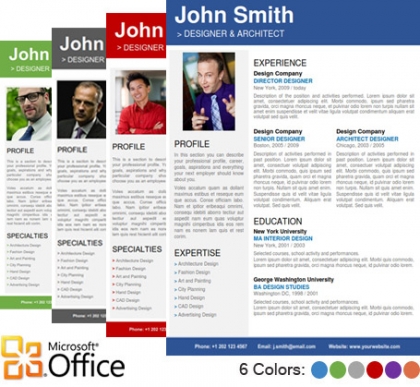Resumes have evolved over the decades. In fact, knowing what to EXCLUDE from your resume (the “bad apple” details) is just as important today as what you should INCLUDE.
Yes, figuring out what to include in your resume can be confusing.
Deciphering the contradictions made by experts can be overwhelming, which exacerbates the problem even more.
As a manager and executive, you may approach this challenge as you would other issues in business: listen to the experts, identify what would work for you, and make an informed decision.
What should you leave out of your resume going into 2017?
Here are 5 Inclusions That Should Be EXCLUDED From a Management/Executive Resume
1. Objective. Profiles have replaced objectives in resumes, according to Alison Green a writer for USNews.com.
Objectives once told the reader what the executive job seeker wanted.
For example: “Looking for a position with a forward-thinking company that will utilize my talents as a CEO.”
What companies are really looking for is who you are and what you can do for them. So profiles now are crafted around your brand and value proposition, demonstrating your executive expertise along with a few bulleted statements that validate your accomplishments. This helps readers identify you as a good-fit candidate for the position.

There are exceptions to this, however. For example, we’re seeing more graphically designed resumes these days for professionals who are within “visual careers.” So, graphic designers, marketers, artists, and so on, are writing and producing resumes that have a much more elevated visual element.
If you do a lot of consulting/training/speaking as part of your executive career and think it is important to have your photo on your resume, consider including your photo on a speaker/consultant one-sheet or professional bio, rather than your formal resume.
3. High school. Take any mention of high school off the resume.
Executives have more to demonstrate in the area of education with a college degree(s), and ongoing professional development certifications. Employers don’t care what high school you went to.
4. Salary. Executive candidates frequently mention that recruiters and hiring managers ask for salary information.
That is true, so why not just show a salary in the resume?
Recruiters and hiring managers will screen you OUT rather than to screen you IN with this information upfront.
Not having salary data could force them to contact you to find out, and after all, that’s the resume’s purpose!
Also, including salary on the resume compromises your negotiating power later in the interviewing process.
5. References available upon request. There is an “unwritten” understanding today that you will provide references should you be a strong executive candidate for a position.
Using the statement “references available upon request” is a very dated statement and takes up valuable space on the resume. If a prospective employer is interested in you, they will ask.
And while we’re discussing resume mistakes, a key point on resume format:
Functional format. Recruiters and hiring managers put up an immediate red flag when they see an executive using a functional resume format. They are suspicious that you might be hiding something with a functional format since you can easily mask limited work experience in a specific industry/field or significant gaps in jobs. Do yourself justice by creating a resume with an executive presentation.
For more information on writing a better resume:
5 Tips to Make Sure Your Executive Resume is Ready
What Recruiters Say You Should Be Doing With Your Resume
Executives: Highlighting Your Accomplishments in Your Resume a Must!
Why Recruiters Ignore Your Resume
How Do Recruiters Read An Executive Resume


